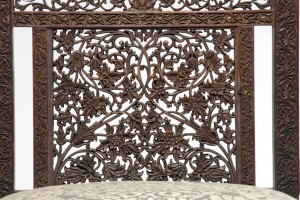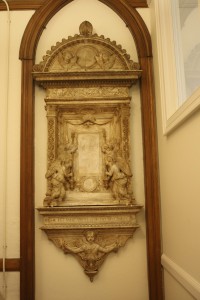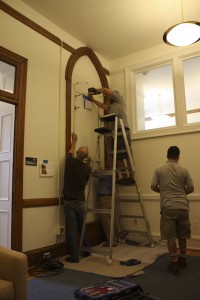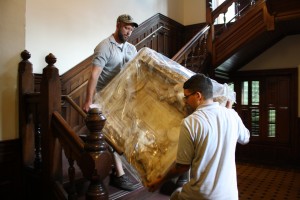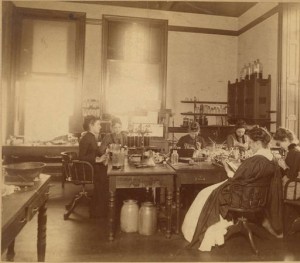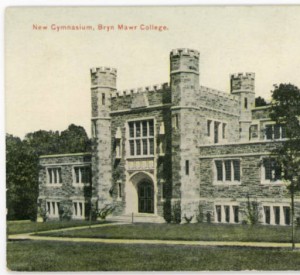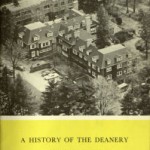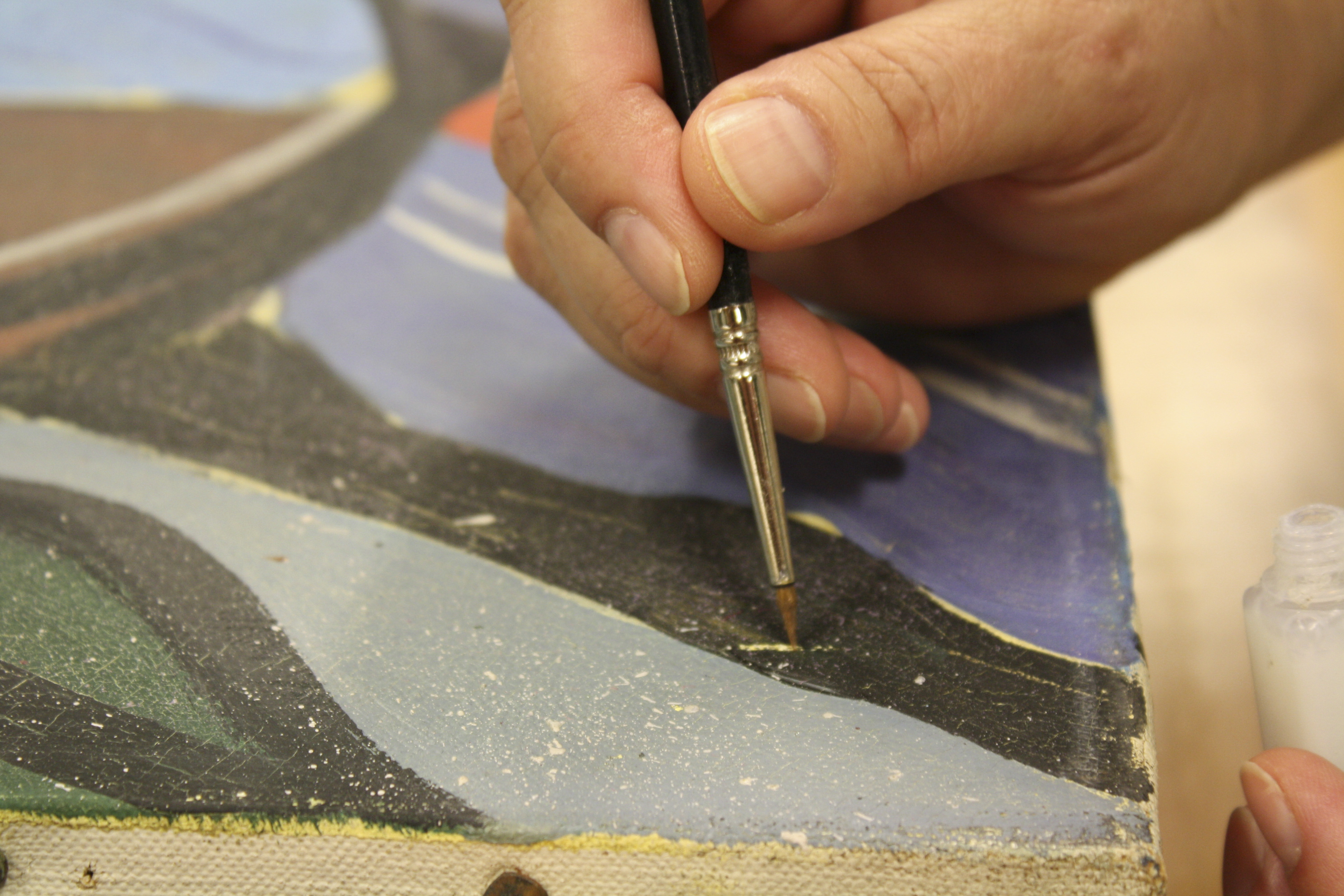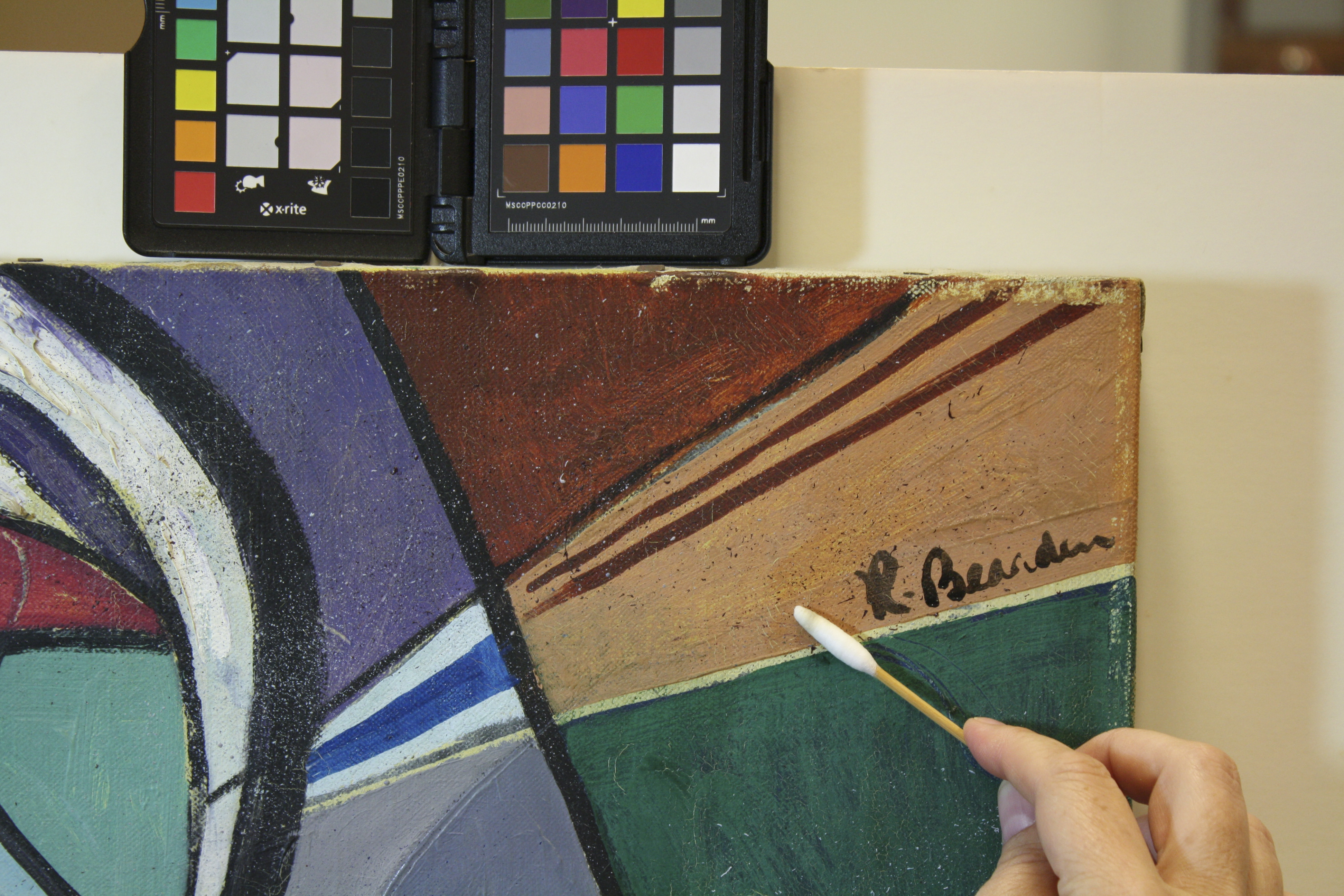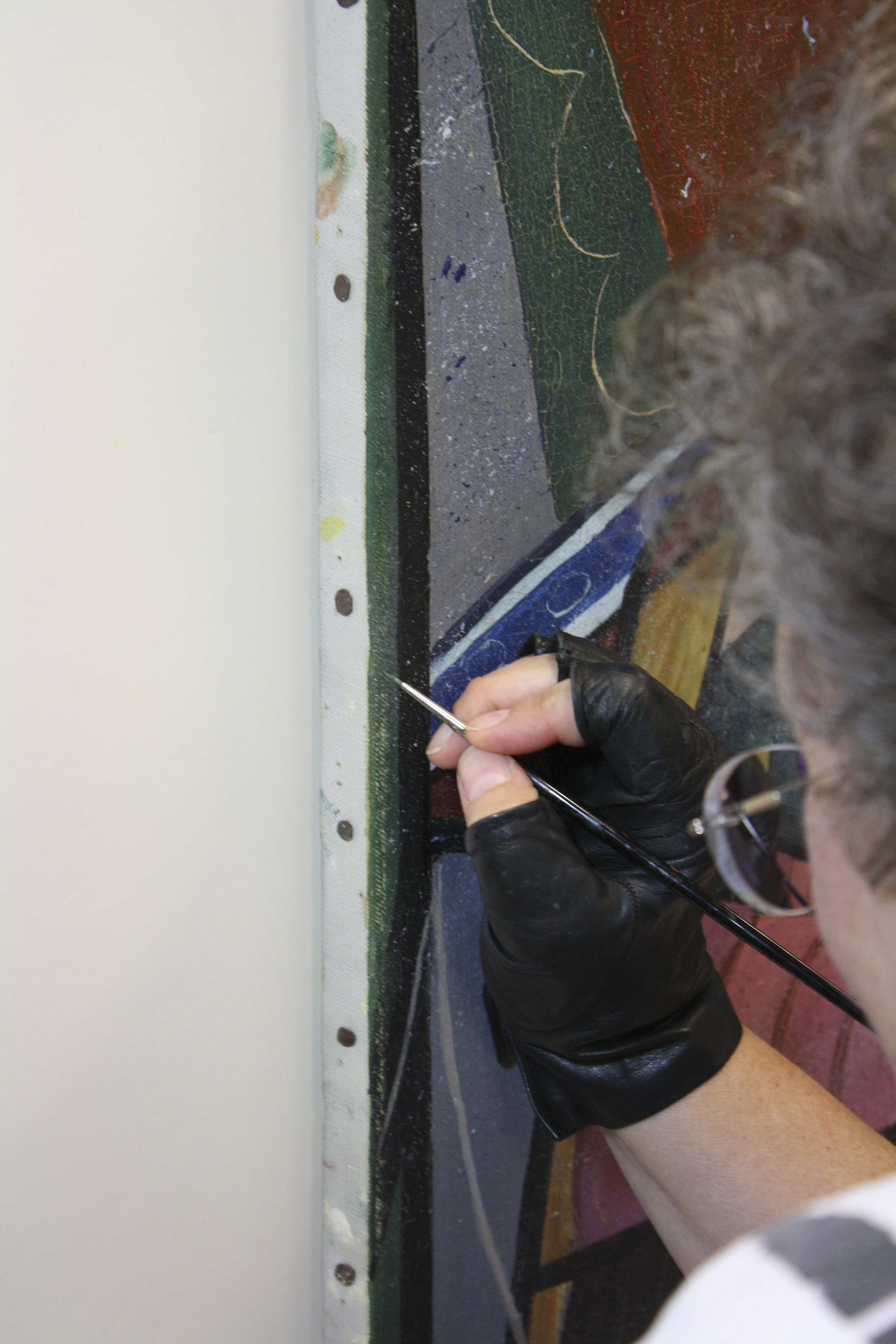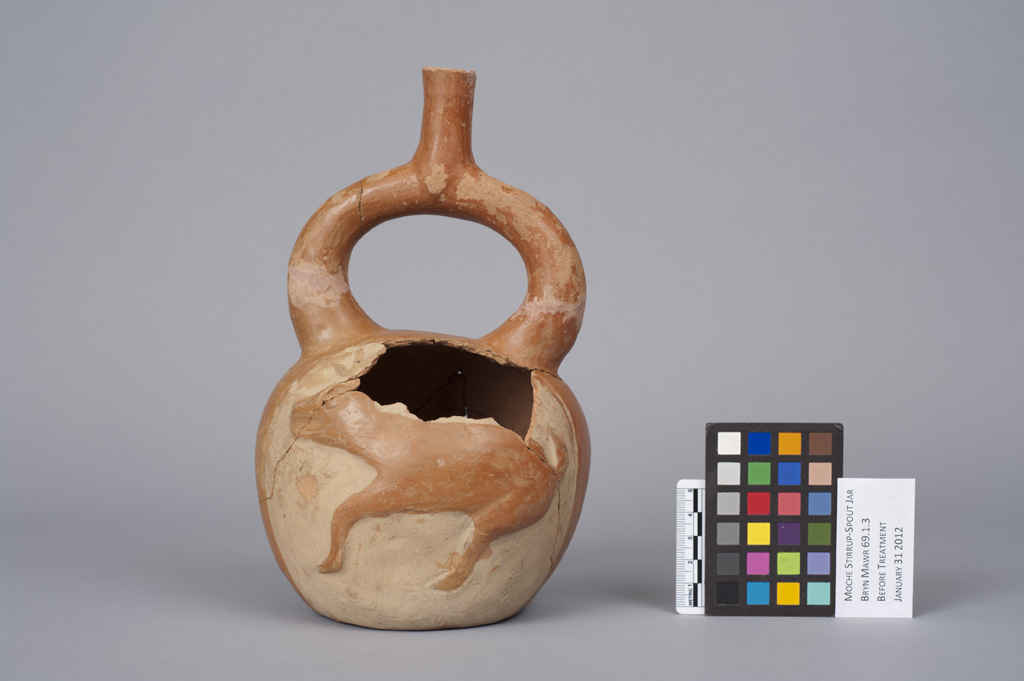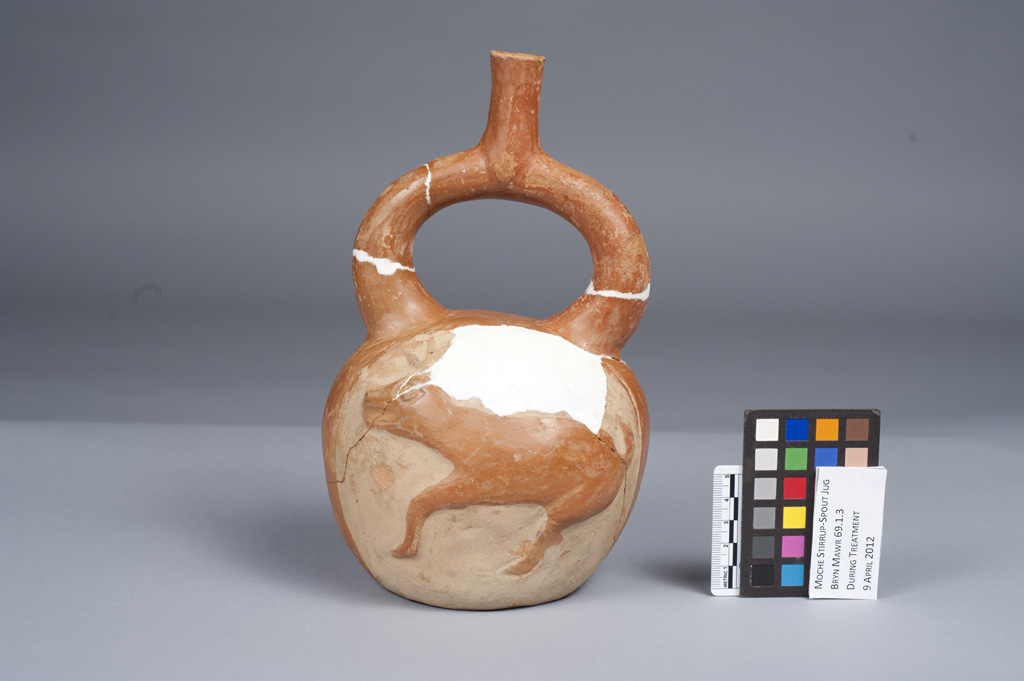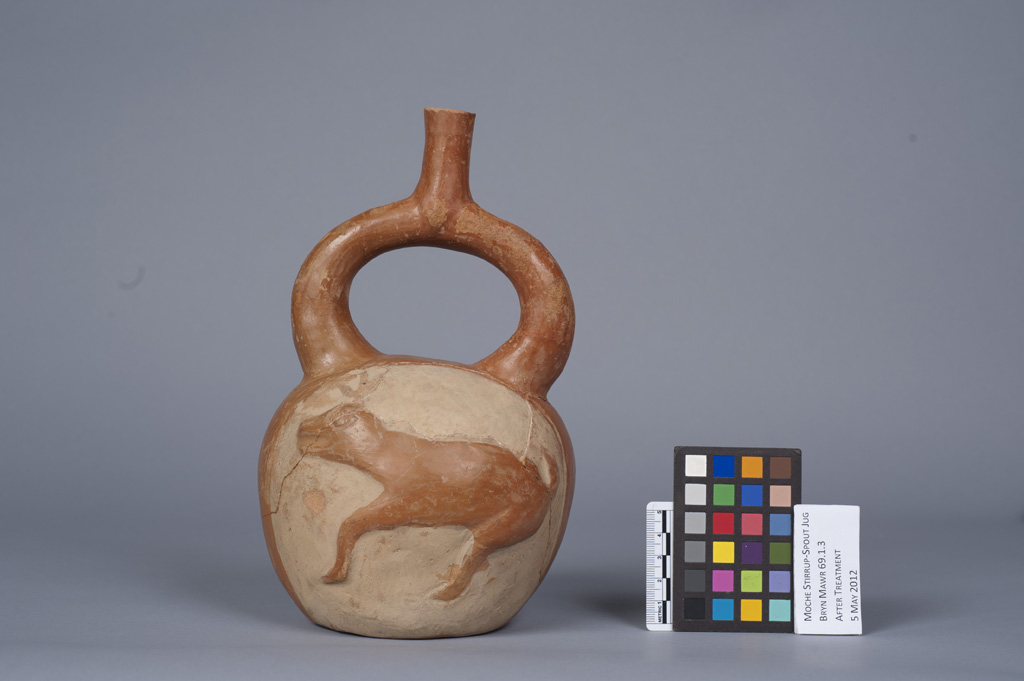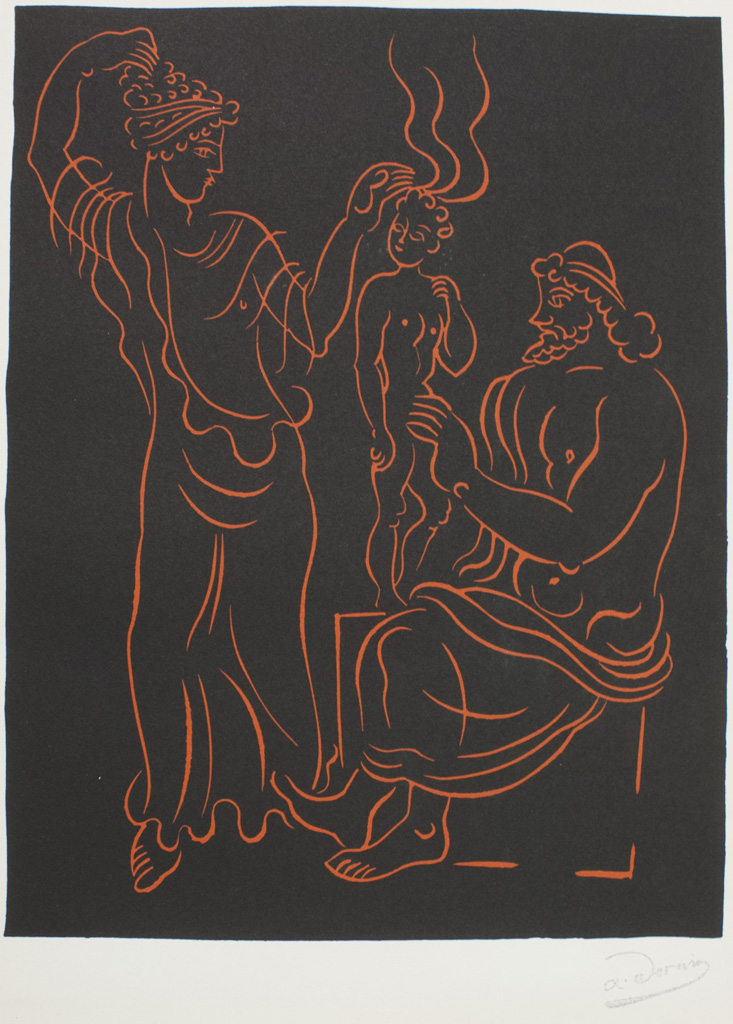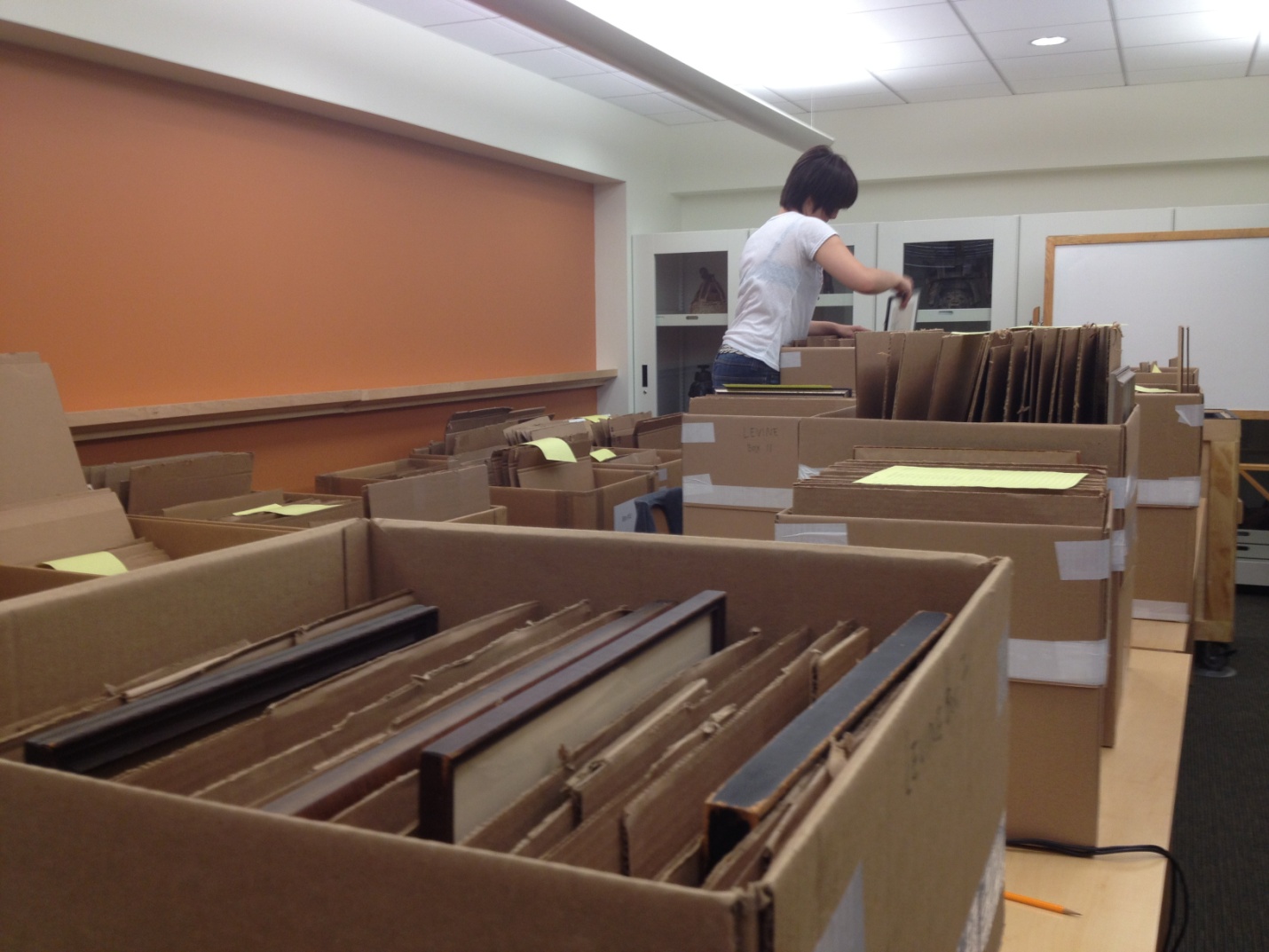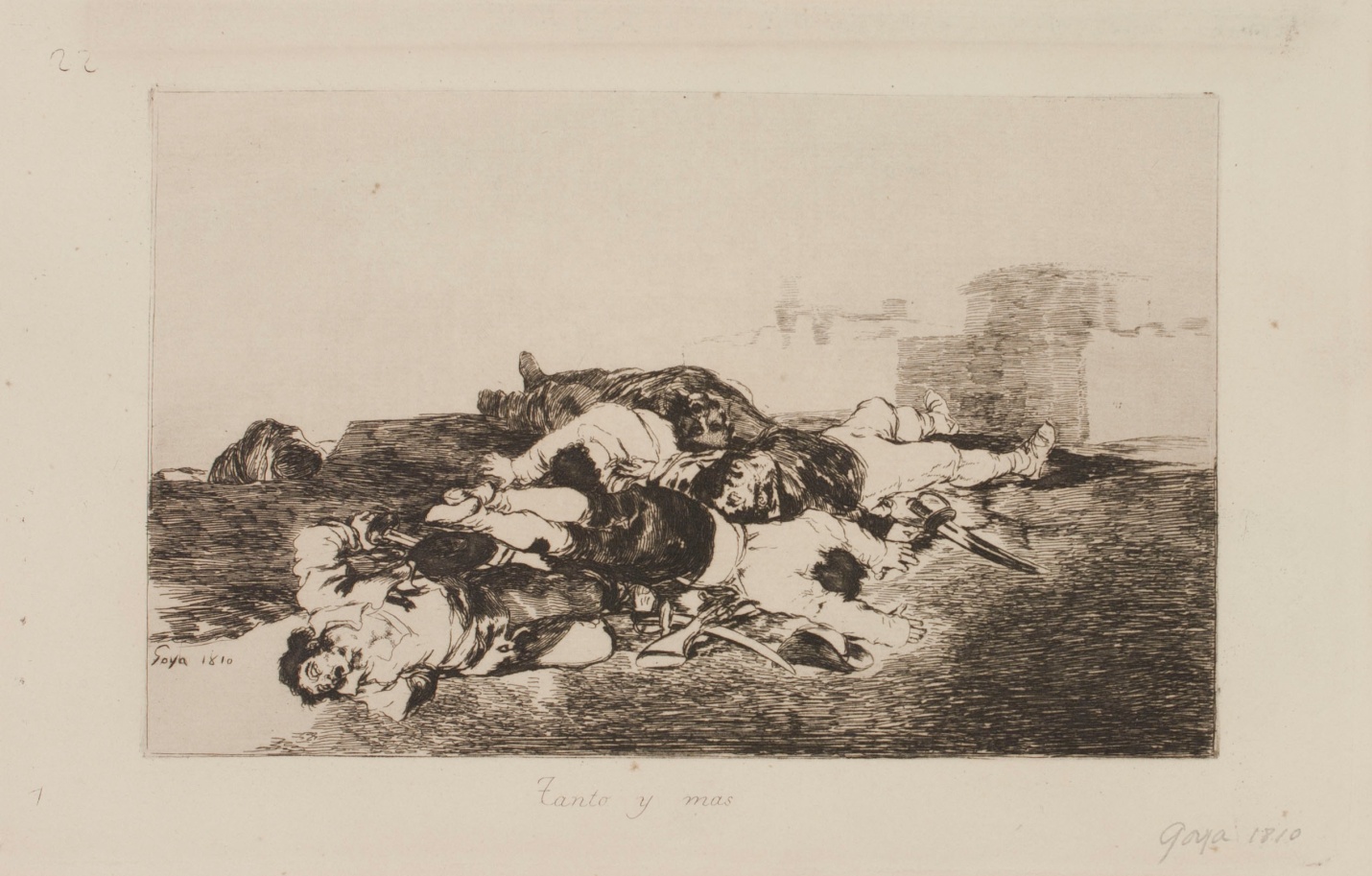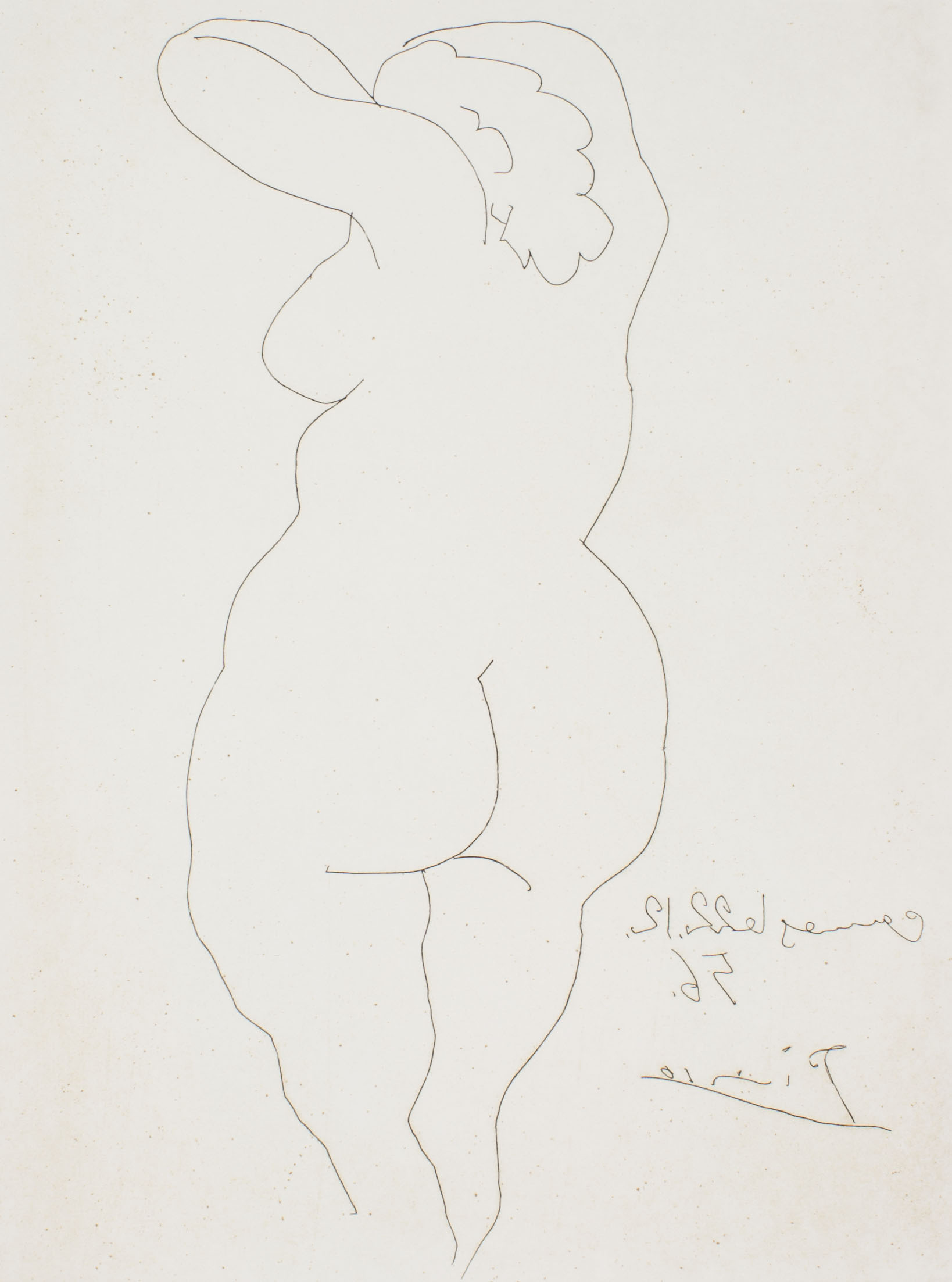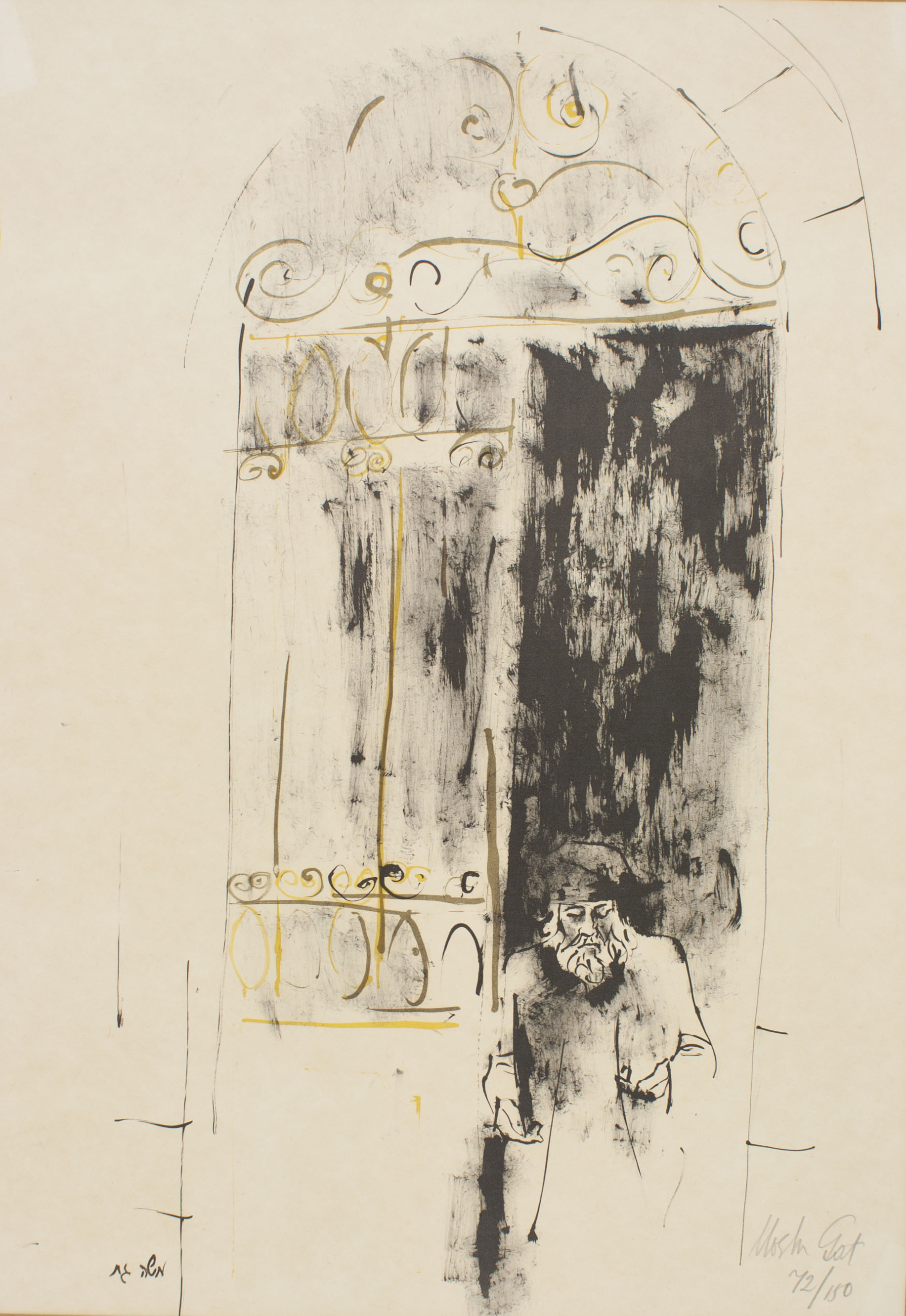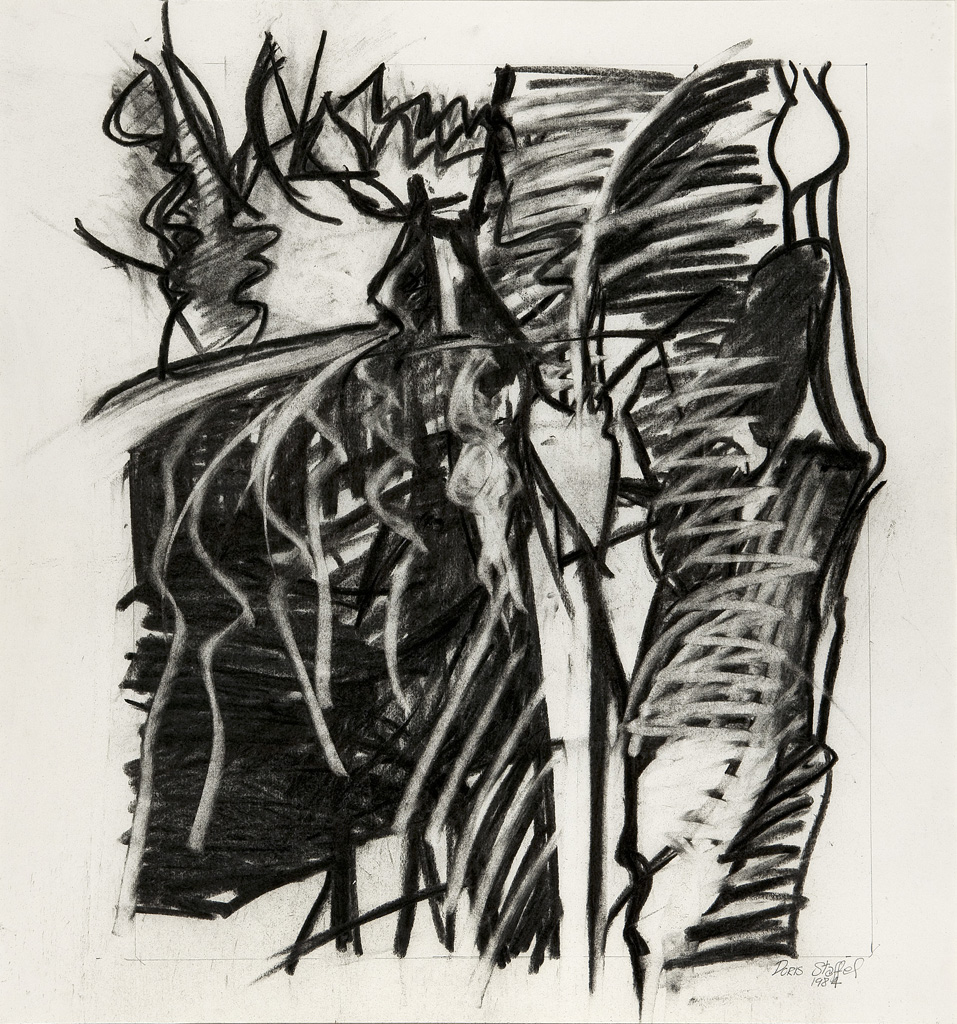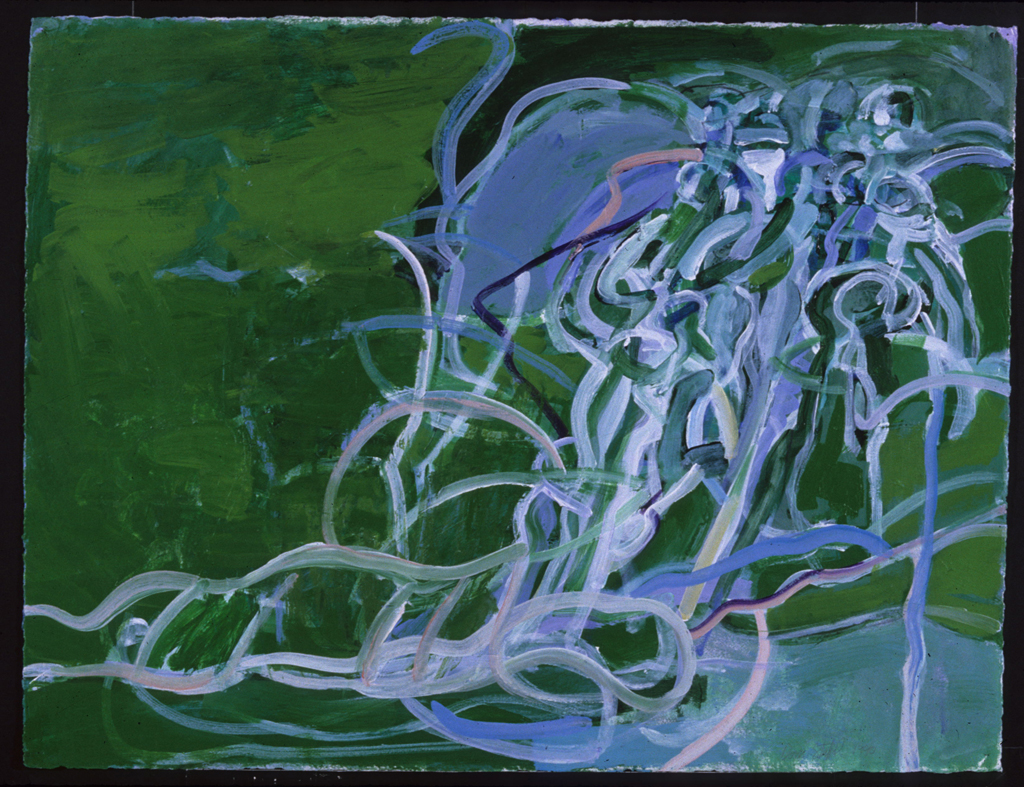The Library has a strong collection of items relating to women’s studies and women’s history. A donation from the Pennsylvania branch of the National Organization for Women (PA NOW) this spring doubled our preexisting collection of papers from the group. The earlier donation covered the 1970s through mid-1980s, while the new addition brings the collection up to 2007.

The National Organization for Women was founded in 1966 and is the largest feminist organization in America. Core issues that the group has been active in include abortion/reproductive rights, violence against women, and ending racism and sexism. PA NOW was founded in 1971, and the earliest dated materials in the collection date back to the very beginning.
The PA NOW papers consist of materials saved in the office files of the organization: articles, pamphlets, newsletters, meeting transcripts, convention planning documents, records of the political action committee, and publications from groups other than PA NOW, both for and against various issues. The collection is substantial, occupying over 15 feet of shelving, and covering a very wide range of topics in addition to the major issues: information on legislators, pornography, disability, aging, child welfare, family medical leave, inequities in health insurance, body image, sexual assault/ abuse, violence against women, equal pay – issues that affect the lives of all women.

The bulk of the collection consists of internal administrative documents. The organization tended to focus on one key issue at a time. The organization’s support for the Equal Rights Amendment during the early 1970s is reflected in the quantity of materials dedicated to the issue. Abortion was a major issue for PA NOW in the 1980s. The papers provide many pro-choice arguments, support the right to abortion under both usual and unusual circumstances, and debate the rights of spouses, partners, family members, and the community to prevent abortions.
Office documents covered state and political news, updates from other women’s organizations, and information about women’s conferences held in other countries, such as China. Legal documents from the Philadelphia region listing PA NOW as amicus curiae demonstrate the organization’s activity and role as an authority on women’s rights in the local area.

The collection also contains a small amount of ephemera, including T-shirts, buttons, and posters, the majority of which focus on LGBT issues, abortion, and racism.
A guide to the collection will soon be publicly available.
More information about PA NOW can be found at: http://www.panow.org/pages/keyissues.htm
Heather Davies is one of two Friends of the Library Undergraduate Interns.
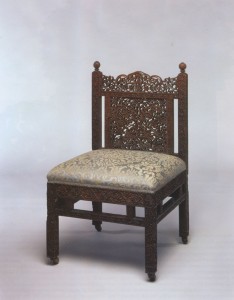 Later this month a side chair, ca. 1881-1886, designed by Lockwood de Forest will go to the Virginia Museum of Fine Arts on loan for one year, with the option to renew. The side chair, will be on exhibition in the galleries at the Virginia Museum of Fine arts as early as this Fall. Below is a detail of the of the design on the chair.
Later this month a side chair, ca. 1881-1886, designed by Lockwood de Forest will go to the Virginia Museum of Fine Arts on loan for one year, with the option to renew. The side chair, will be on exhibition in the galleries at the Virginia Museum of Fine arts as early as this Fall. Below is a detail of the of the design on the chair.
